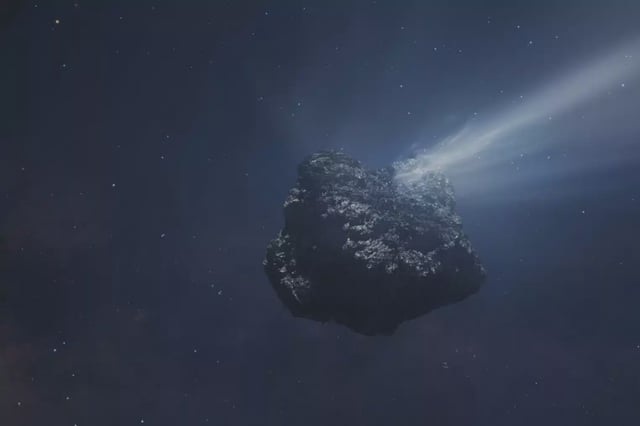Overview
- Comet C/2014 UN271 (Bernardinelli-Bernstein) spans roughly 137 km in diameter, making it the largest Oort Cloud comet ever recorded and nearly 14 times the width of the dinosaur-killer asteroid.
- ALMA observations on March 8 and 17, 2024, captured dramatic carbon monoxide jets erupting from the comet’s icy core and the initial development of a surrounding coma.
- These molecular outbursts were detected when the comet lay about 16–17 astronomical units from the Sun, marking the first direct measurement of such activity at that distance.
- Researchers anticipate intensified vaporization of frozen gases as the comet travels inward toward its closest solar approach at Saturn’s orbit on January 29, 2031.
- Astrochemist Nathan Roth says the explosive release patterns are shedding light on the comet’s evolution and its primitive composition from the early solar system.


